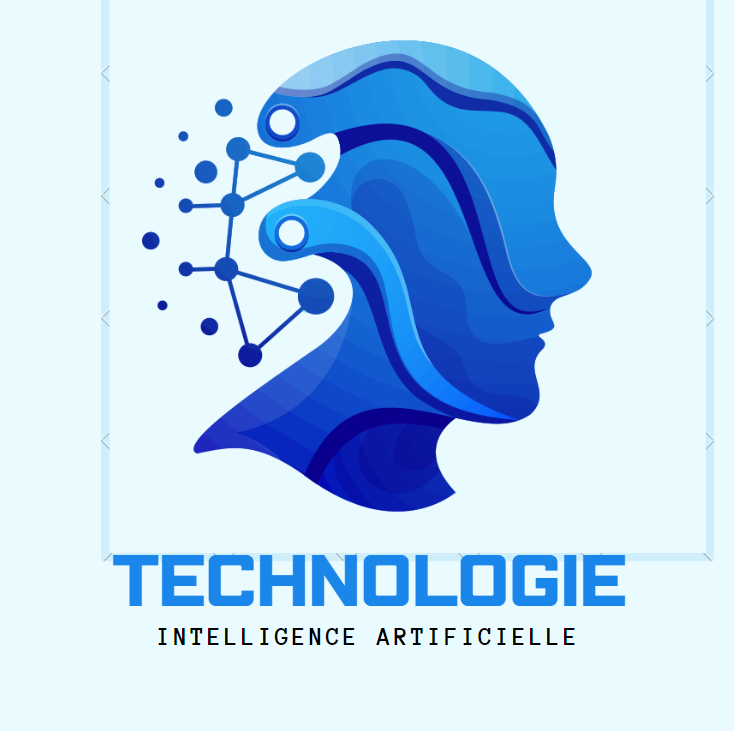dalle ai art
DALL·E is an advanced AI model developed by OpenAI that generates images from textual descriptions. By leveraging the power of neural networks, it can create unique and detailed artwork based on user prompts. It combines elements of natural language processing and computer vision to understand and visualize complex concepts.
Users can describe an image in words, and DALL·E translates that description into a visual representation. This technology opens new avenues in creative industries, allowing for innovative art creation and design. DALL·E exemplifies the fusion of AI and artistic expression, pushing the boundaries of imagination and technology.
What is dalle 2?
GDALL·E 2 is an enhanced version of the original DALL·E model developed by OpenAI. It improves on its predecessor by generating even more realistic and detailed images from textual descriptions. DALL·E 2 uses advanced neural network architectures to better understand and interpret complex prompts, leading to higher-quality visuals and more precise representations. This version also includes improved understanding of context and finer control over the generated images, making it a powerful tool for artists, designers, and creative professionals looking to explore new frontiers in AI-generated art.
How can a dall-e system generate realistic images?
A DALL·E system generates realistic images through several sophisticated AI techniques and methodologies:
- Large-Scale Training Data: The system is trained on a vast dataset of images and associated textual descriptions, allowing it to learn the relationships between text and visual content.
- Neural Networks: DALL·E uses advanced neural network architectures, particularly variants of the Transformer model, to process and understand the input text and generate corresponding images.
- Text-Image Embeddings: The model creates embeddings that capture the semantic meaning of text and images. By aligning these embeddings, DALL·E can accurately generate images that match the descriptions.
- Diffusion Models: DALL·E 2 incorporates diffusion models, which iteratively refine a noisy image until it becomes a clear and detailed picture. This helps in generating high-quality, realistic images.
- Attention Mechanisms: Attention mechanisms within the neural network allow DALL·E to focus on specific parts of the text while generating different parts of the image, ensuring coherence and detail.
- Variational Techniques: These techniques help the model to produce diverse outputs, allowing for multiple valid interpretations and visual representations of a given textual prompt.
- Fine-Tuning and Supervised Learning: Post-training, the model is fine-tuned using supervised learning techniques to improve accuracy and detail in the generated images.
- Human Feedback: Incorporating human feedback during training helps refine the model further, ensuring that the images generated are not only realistic but also contextually appropriate and high-quality.
By integrating these methods, DALL·E can produce images that are not only realistic but also richly detailed and contextually accurate based on the provided textual descriptions.
How does dalle work?
DALL·E works through a combination of advanced AI techniques, primarily involving neural networks and large-scale training data. Here’s a step-by-step breakdown of how it operates:
- Training Data Collection: DALL·E is trained on a large dataset consisting of images paired with textual descriptions. This dataset helps the model learn the relationship between text and images.
- Text and Image Processing: The model uses a Transformer neural network architecture, which is adept at handling sequential data. For DALL·E, this means processing both text (prompts) and images.
- Text Encoding: The input text description is tokenized and encoded into a format that the model can process. This involves breaking down the text into smaller units (tokens) and converting them into numerical representations (embeddings).
- Image Generation through Diffusion Models: DALL·E 2 uses diffusion models for image generation. These models start with a noisy image and iteratively refine it to produce a clear and detailed image that matches the text prompt. This process involves learning to reverse the noise process to generate high-quality images.
- Attention Mechanism: The attention mechanism within the Transformer model allows DALL·E to focus on specific parts of the text while generating corresponding parts of the image. This ensures that the image details align accurately with the text description.
- Image Encoding and Decoding: The model encodes the generated image into a high-dimensional space, aligning it with the text encoding. Then, it decodes this high-dimensional representation back into a visual format that humans can interpret.
- Sampling and Refinement: During the generation process, the model samples from the learned distributions to create diverse outputs. It refines these samples iteratively to improve quality and realism.
- Fine-Tuning with Feedback: Post-training, the model can be fine-tuned using additional data and human feedback to enhance its performance and ensure the generated images are contextually accurate and visually appealing.
By combining these elements, DALL·E can generate images that accurately reflect the content and nuances of the input text descriptions, producing realistic and imaginative visual outputs.
Conclusion
DALL·E AI art revolutionizes the creative process by generating detailed, realistic images from textual descriptions. It leverages advanced neural networks and vast training data to push the boundaries of artistic expression. This technology opens new horizons for artists, designers, and creative professionals.
التسميات
Artificial Intelligence

